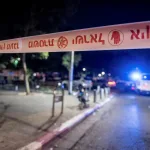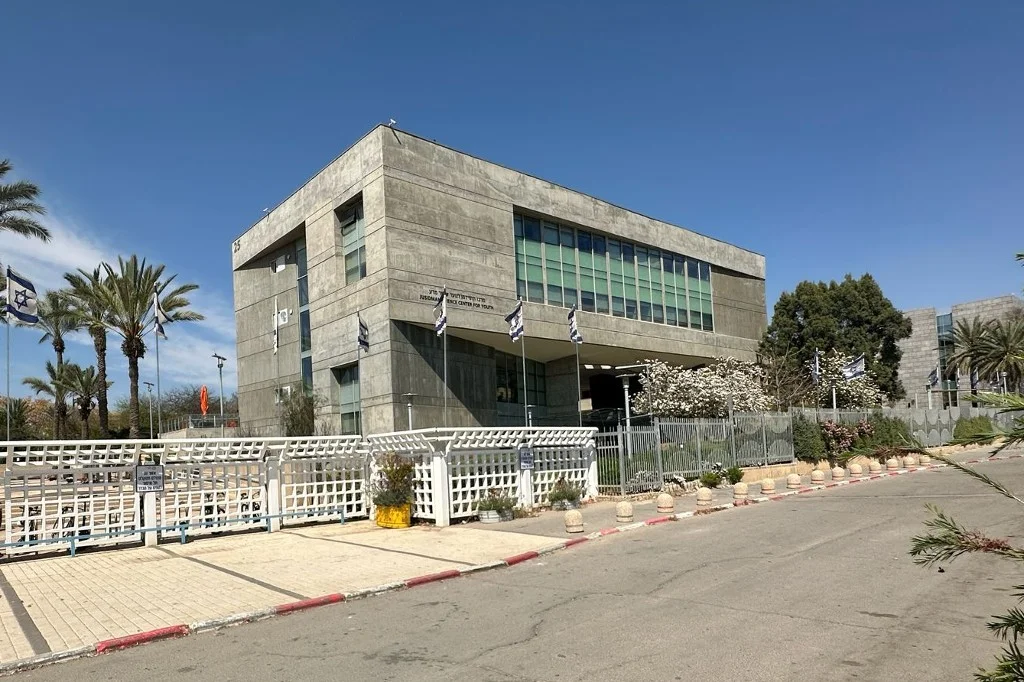Jerusalem, 21 July, 2025 (TPS-IL) — In a discovery that overturns long-held beliefs about black holes and stellar death, astronomers have for the first time observed a star that appears to have survived a near-fatal encounter with a supermassive black hole — and returned for a second pass, a team of scientists announced on Monday.
The team, led by researchers at Tel Aviv University, recorded two nearly identical flares from the same location in space, spaced two years apart. Such flares are typically associated with a tidal disruption event (TDE), where a star is torn apart after straying too close to a black hole. But the recurrence suggests something previously thought impossible: the star wasn’t completely destroyed the first time.
“This is the first confirmed case of a star that survived an encounter with a supermassive black hole and came back for more,” said Prof. Iair Arcavi of Tel Aviv University’s Astrophysics Department, who supervised the research. “It completely upends our understanding of how these flares work.”
The initial flare, named AT 2022dbl, was observed in 2022 around 395 million light years away from Earth. In 2024, the team witnessed an almost identical event from the same source. Traditionally, such flares are seen as the death throes of stars torn to shreds by black holes. However, this new evidence shows that some stars may instead undergo partial disruptions — losing part of their mass while the core survives and continues orbiting the black hole.
The study, published in the peer-reviewed Astrophysical Journal Letters, was led by Dr. Lydia Makrygianni, formerly a postdoctoral researcher at Tel Aviv University and now at Lancaster University in the UK. Alongside Arcavi, contributors included Prof. Ehud Nakar, Chair of the Astrophysics Department, and students Sara Faris and Yael Dgany, with the support of an international team of collaborators.
At the heart of most galaxies, including our Milky Way, lies a supermassive black hole millions to billions of times more massive than the sun. These black holes are invisible, but their presence is revealed when they interact with stars. Tidal disruption events are rare — occurring about once every 10,000 to 100,000 years per galaxy — and provide one of the few ways to study black holes in action.
In such events, the immense gravity of the black hole tears a passing star apart, with half its material consumed and the other half ejected into space. The debris spirals inward at nearly light speed, heating up and emitting a brief but intense burst of radiation.
However, many of these flares have long puzzled astronomers for being dimmer and cooler than theoretical models predicted. The recurrence of AT 2022dbl may solve that mystery.
“The repetition of the first flare in an almost identical manner two years later implies that the first event was not a full disruption, but a partial one,” explained Arcavi. “Much of the star survived and came back for another, nearly identical, encounter.”
This new understanding implies that many past flares attributed to total stellar destruction may actually have been survivable grazing events. “These flares might not be the final scream of a dying star, but more like repeated ‘snacks’ for the black hole,” Arcavi said.
What happens next could be even more revealing.
“The question now is whether we’ll see a third flare after two more years, in early 2026,” Arcavi continued. “If we do, it confirms that both previous flares were partial disruptions. If not, then the second flare may have been the star’s final demise, and we’ll know that partial and full disruptions can look nearly identical.”
That possibility was predicted by Prof. Tsvi Piran’s group at the Hebrew University, who suggested that distinguishing between partial and full disruptions may not be as straightforward as once thought.
“Either way,” Arcavi concluded, “we’ll have to re-write our interpretation of these flares and what they can teach us about the monsters lying in the centers of galaxies.”





























